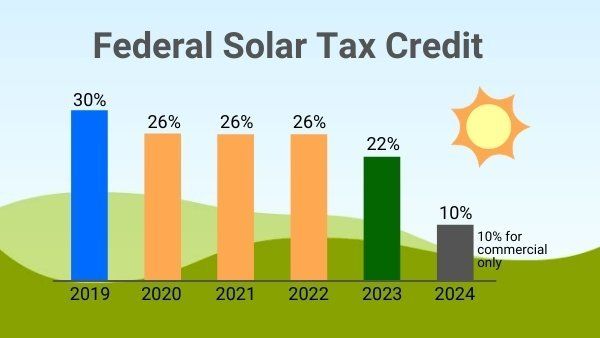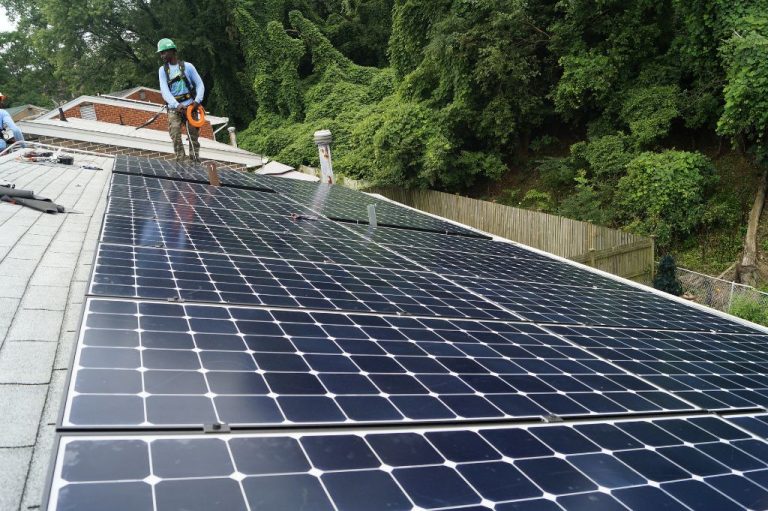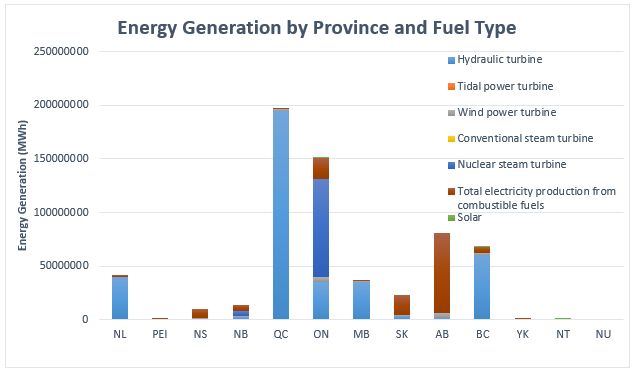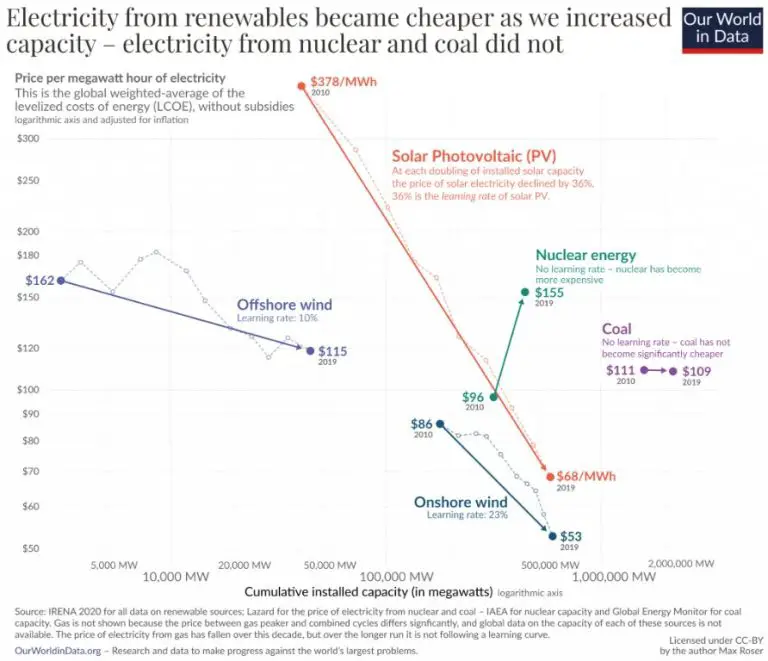Who Created Solar Panels?
Introduction
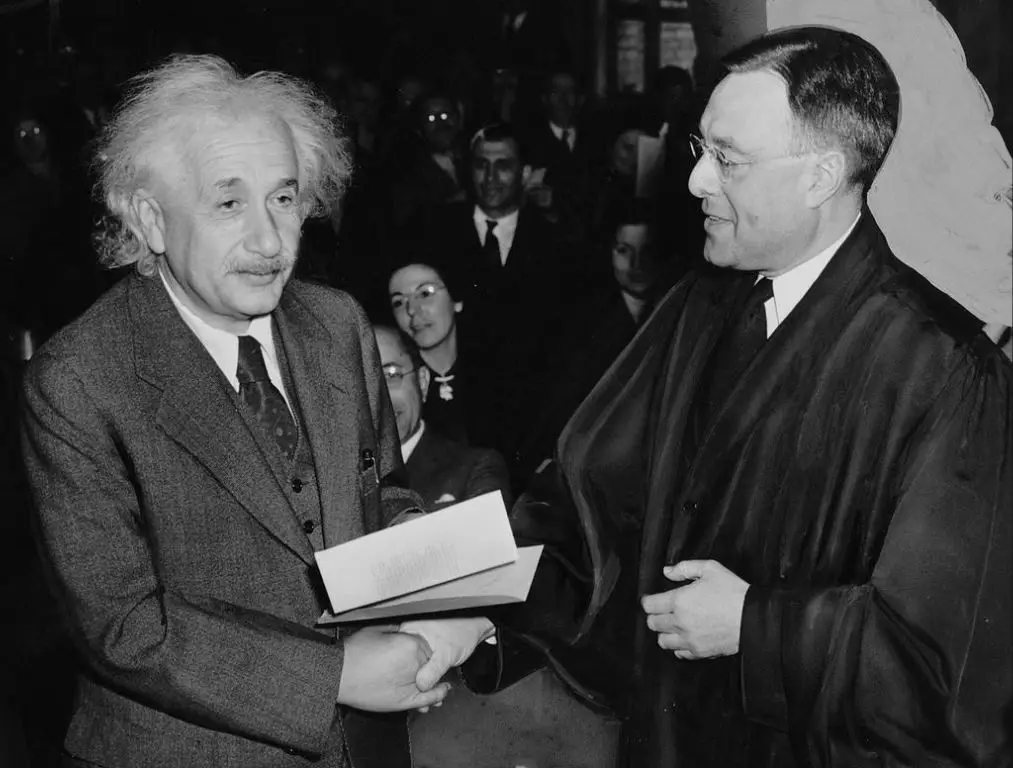
Solar panels are an important technology that allows us to harness the power of the sun and convert it into usable electricity. With concerns over climate change and the limitations of fossil fuels, solar power represents a clean, renewable energy source that could be key to our future energy needs. But how did this technology come about? Who were the innovators that helped develop and commercialize solar panels? While the basic concept of converting sunlight into electricity dates back over a century, it has only been in the last few decades that solar panels have become a viable energy solution. By exploring the history and evolution of solar panel technology, we can better understand its incredible potential to reshape how we produce and consume energy.
Early Research into Solar Energy
Some of the earliest discoveries and experiments with solar power date back to the early 1800s. In 1839, the French physicist Edmond Becquerel first observed the photovoltaic effect while experimenting with an electrolytic cell made up of two metal electrodes immersed in an electrolyte solution. He noticed that small voltages and currents were generated when exposing the cell to light. This discovery became the first documented observation of converting sunlight directly into electricity.
Over the next several decades, various scientists continued to experiment with solar energy. In 1873, Willoughby Smith discovered the photoconductivity of selenium, which led to light sensors being used in early camera designs. In 1883, American inventor Charles Fritts created the first true solar cell by coating selenium with an extremely thin layer of gold to form the junctions and installing his cells in a roof to supply power to a motor (Smithsonian). However, these early solar cells were very inefficient at less than 1% conversion efficiency.
During the late 19th and early 20th centuries, the groundwork was being laid for solar technology even though efficiencies remained low. With further research and development over the next century, solar cells would eventually become a viable source of renewable energy.
Development of the Solar Cell
The first real solar cell was created in 1954 by Bell Labs engineers Daryl Chapin, Calvin Souther Fuller, and Gerald Pearson. On April 25, 1954, Bell Labs announced the invention of the silicon solar cell in Murray Hill, New Jersey. They demonstrated their solar panel by using it to power a small toy Ferris wheel (APS). This was the first practical solar cell that could convert sunlight into electricity with a decent efficiency rate. Chapin, Fuller, and Pearson’s solar cell had an efficiency of about 6%, compared to the solar cells before it which only achieved less than 1% efficiency. Their innovation paved the way for practical applications of solar power.
Prior to the Bell Labs solar cell, the photovoltaic effect was known but no one had created an effective solar energy converter. In 1839 the photovoltaic effect was first observed by 19-year-old Edmund Becquerel but the efficiency was only about 1%. The first actual solar cell made of selenium was created in 1883 by Charles Fritts, but it also had very low efficiency. It took until 1954 and the work of Chapin, Fuller, and Pearson before a truly useful solar cell with decent efficiency was produced (NREL). Their silicon solar cell opened up many new possibilities for harnessing solar energy.
The silicon solar cell was a major breakthrough in photovoltaic technology. As the inventors of the first practical solar cell, Chapin, Fuller, and Pearson are considered the pioneers of solar power. Their work at Bell Labs paved the way for solar panels as we know them today.
NASA and Early Applications
NASA began using solar panels on spacecraft in the late 1950s and 1960s, playing a key role in advancing photovoltaic technology. In 1958, the Vanguard 1 satellite became the first spacecraft to utilize solar cells, produced by Bell Labs, to generate power. This paved the way for widespread solar panel adoption by NASA and others for space missions over the next decade. Notably, the Telstar satellite launched in 1962, which relayed television signals and telephone calls, relied on solar array technology developed by Bell Labs. According to the NASA website “Impact Story: Roll-Out Solar Arrays,” solar panels were critical for providing power for communications, science instruments and more aboard early spacecraft (https://www.nasa.gov/directorates/stmd/impact-story-roll-out-solar-arrays/).
Through the 1960s, NASA partnered with companies to advance solar cell performance and lower costs. A major milestone was the launch of Nimbus, a meteorological satellite, in 1964 with a 400 watt solar array built by Hoffman Electronics. As described by NASA, this “tripled the amount of power available for space missions” (https://technology.nasa.gov/patent/LEW-TOPS-50). Subsequent missions drove further solar panel innovations to provide more reliable power and withstand the harsh conditions of space. NASA’s early use of solar panels for spacecraft laid critical groundwork for many space exploration achievements in the decades to follow.
Commercial Production Begins
The 1970s saw the beginnings of commercial solar panel production, led by companies like Arco Solar in the United States. Arco Solar was created in 1977 as a subsidiary of oil company Atlantic Richfield Corporation (ARCO) and opened the first dedicated solar panel manufacturing plant in the U.S. in Camarillo, California in 1978 [2]. This marked a major milestone, transitioning solar technology from research labs to mass production. Other companies like Solarex, Solar Power Corporation, and Mobil Solar soon followed, building large solar panel factories and selling modules for residential and commercial rooftop installations across California and beyond.
Government tax incentives helped spur consumer adoption of solar power in the U.S. during the late 1970s. The 1978 Public Utilities Regulatory Policies Act (PURPA) required utilities to interconnect with and buy electricity from small renewable energy systems including solar panels owned by households and businesses. Combined with federal and state investment tax credits, this helped expand the solar market substantially though it remained a very small fraction of total energy generation. Much of the early commercial expansion was focused in California and the Southwest region due to abundant sunlight.
Improving Efficiency
Since the first silicon solar cells were created in the 1950s, researchers have made tremendous progress in improving solar cell efficiency. Some key innovations that have increased efficiency over the decades include:
Multi-junction solar cells: By using multiple layers or “junctions” that can absorb different wavelengths of light, multi-junction solar cells can convert over 40% of sunlight into electricity, vs 15-20% for single junction cells (1). They are commonly used for space applications.
Thin-film solar cells: Made by depositing extremely thin layers of photosensitive materials onto substrates, thin-film solar cells require less semiconducting material and can be flexible and lightweight. Materials like cadmium telluride (CdTe) and copper indium gallium selenide (CIGS) have enabled thin-film cell efficiencies over 20% (2).
Textured surfaces: Adding nano- or micro-scale textures to the surface of solar cells allows more light to be trapped and absorbed. Texturing can increase efficiency by minimizing surface reflection (3).
Advanced materials: Alternatives to traditional silicon like gallium arsenide, perovskites, and organic polymers offer the potential for high efficiencies and low costs. Continued research into novel materials will open up new solar applications (4).
Reducing Costs
The cost of solar panels has dramatically decreased over the past few decades, making solar energy more affordable and driving increased adoption. In the 1970s, solar panels cost over $75 per watt. Today, prices have dropped to around $0.70 per watt for residential systems and $1 per watt for commercial [1]. This is largely thanks to improvements in solar panel manufacturing and economies of scale.
Manufacturing solar panels has become more efficient through technological innovations, experience, and automation. Companies have developed better solar cell materials and designs to convert sunlight into electricity more effectively. They’ve also streamlined production by using industrial automation and sophisticated software [2]. Producing at larger scales has further reduced costs through bulk purchasing of materials and efficient specialization.
In addition, market forces like increased competition and growing demand have contributed to the decline in solar panel pricing. More players in the industry have driven prices down, while greater adoption has enabled manufacturers to take advantage of economies of scale. This self-reinforcing cycle will likely continue lowering costs in the future.
The dramatic decrease in solar panel pricing over the past 40+ years has been key to making this renewable energy technology affordable and accessible. As manufacturing techniques and scale continue improving, solar power will likely keep getting cheaper.
Solar Today
The solar power industry has experienced rapid growth in recent years. According to the Solar Energy Industries Association (SEIA), solar has seen an average annual growth rate of 24% over the past decade.1 In 2021 alone, the United States installed 23.6 gigawatts of solar electric capacity, up 46% from 2020.2 There are now over 3 million solar installations in the U.S., with solar accounting for about 3% of the nation’s electricity generation. Globally, total installed solar capacity reached 821 gigawatts by the end of 2021, providing 3% of global electricity demand.
The SEIA reports there are over 255,000 workers employed in the U.S. solar industry as of 2021, an increase of 9% from the previous year.3 With rapidly decreasing costs, increased efficiency, and supportive policies, solar is now the fastest growing energy source worldwide. Major growth markets include the U.S., China, Japan, Germany, Australia, and India. The International Energy Agency (IEA) predicts global solar capacity will reach over 4,600 gigawatts by 2030, providing up to 13% of the world’s electricity.
Leading Producers
Today there are several major companies that lead global production of solar panels. Some of the top manufacturers include:
JinkoSolar – Founded in 2006, this Chinese company is currently the world’s largest solar panel manufacturer, shipping over 30 gigawatts of solar modules in 2021 (Source 1). JinkoSolar has production facilities globally and continues to expand.
JA Solar – Another major Chinese producer, JA Solar was founded in 2005 and ships over 18 gigawatts of solar panels annually. The company operates production factories in China, Malaysia, and Vietnam (Source 1).
Trina Solar – Founded in 1997, this Chinese solar company has grown to be one of the world’s largest panel suppliers, with manufacturing facilities in China and Vietnam. Trina Solar reached production capacity of over 20 gigawatts in 2020 (Source 1).
First Solar – One of the few major American solar companies, First Solar produces thin-film solar modules and has achieved over 20 gigawatts of production capacity. The company operates factories in the U.S., Vietnam, and Malaysia (Source 2).
Qcells – A subsidiary of Hanwha Group, Qcells is a major producer from South Korea that shipped over 8 gigawatts of solar modules in 2021. The company has manufacturing facilities in South Korea, Malaysia, and China (Source 3).
Future Outlook
The future growth prospects for solar power look very bright. According to projections, solar energy capacity is expected to expand rapidly in the coming years as costs continue to fall and solar technology improves.
The International Energy Agency (IEA) projects that solar power could generate up to 16% of the world’s electricity by 2050. The IEA forecasts solar capacity growing by over 17% per year on average between 2022 and 2050, led by expansion in China and India.1 This would require $1.3 trillion in solar investments through 2050.
Several innovations could further advance solar technology and lower costs. These include improvements in solar cell efficiency, new solar cell materials like perovskites, battery storage integration, floating solar farms, and solar-powered hydrogen production. If these innovations accelerate, projections for solar growth could prove conservative.
With solar already among the cheapest sources of new electricity generation, projections point to it continuing its rapid growth in the coming decades. Further cost reductions through technological improvements and economies of scale could solidify solar’s role as a leading renewable energy source of the future.

